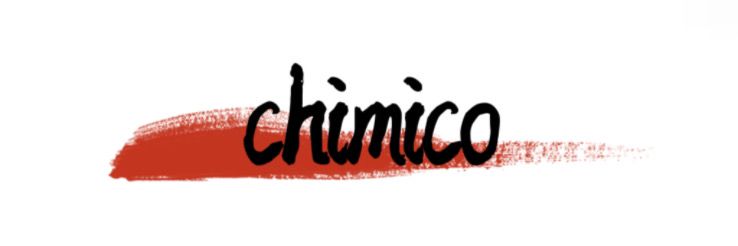pp fiber uses
Polypropylene (PP) fiber is a synthetic fiber made from a thermoplastic polymer, widely recognized for its durability and versatility in various applications. Its unique properties make it an ideal choice for numerous uses, ranging from textiles to industrial applications. The functionalities of PP fiber establish it as a prominent material in today’s market.
For more information, please visit pp fiber uses.
One of the standout features of PP fiber is its excellent resistance to moisture, which makes it an ideal candidate for use in carpets, geotextiles, and outdoor fabrics. Additionally, its lightweight nature coupled with good tensile strength allows it to maintain structural integrity, even in challenging conditions. Moreover, PP fiber is resistant to mildew, abrasion, and many chemicals, guaranteeing longevity and reduced maintenance in applications such as automotive interiors or industrial filters.
However, there are both advantages and disadvantages associated with PP fiber. On the positive side, the fiber boasts low production costs, making it an economically viable option for large-scale manufacturing. PP fiber also has a high melting point, making it adaptable for various temperature ranges. On the downside, one significant drawback is its lower UV resistance compared to other fibers like polyester. This can lead to degradation when exposed to prolonged sunlight, limiting its outdoor use unless treated with additives.
See also:Unlocking the Benefits of Redispersible Acrylic Polymer Powder
When it comes to actual usage scenarios, many individuals involved in manufacturing or textile industries report specific benefits. For instance, those who have utilized PP fiber in carpet production often highlight its stain resistance and ease of cleaning, making it a popular choice for households and commercial settings alike. Similarly, users in the automotive sector appreciate its lightweight properties, contributing positively to fuel efficiency while providing excellent durability for car interiors.
Price is another critical factor to consider when discussing PP fiber uses. Generally, the cost of PP fiber is competitive compared to other synthetic fibers, which is one of the reasons behind its widespread adoption. Prices can vary based on the quality and type of fiber, but on average, it remains affordable, allowing manufacturers to achieve significant cost-saving benefits in their production processes. When evaluating the price-to-performance ratio, many users find that the durability and maintenance ease justify the initial investments, making it a cost-effective solution in the long run.
Overall, PP fiber stands out due to its impressive functionalities, favorable pricing, and extensive range of applications. As industries continue to evolve, the demand for robust and cost-efficient materials like PP fiber is expected to grow. Whether for residential, commercial, or industrial purposes, understanding the properties and uses of PP fiber will undoubtedly help consumers make informed choices tailored to their specific needs.
Are you interested in learning more about hydrophobic powders in stock? Contact us today to secure an expert consultation!
- Previous: None
- Next: Unlocking the Benefits of Redispersible Acrylic Polymer Powder

